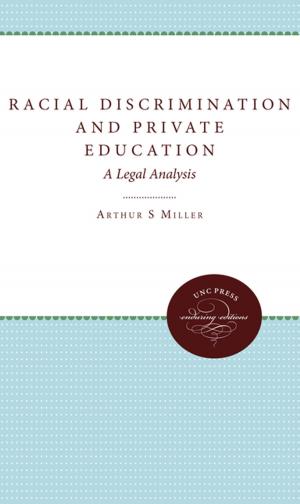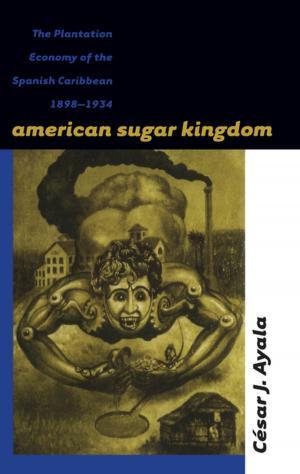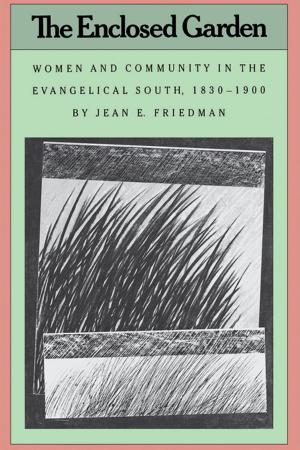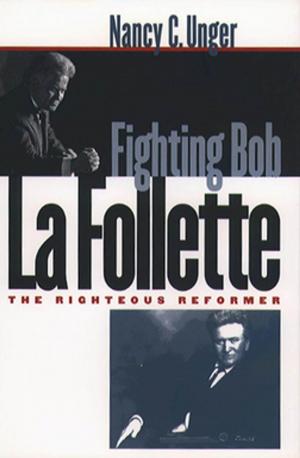Archives of Desire
The Queer Historical Work of New England Regionalism
Fiction & Literature, Literary Theory & Criticism, Women Authors, American, Nonfiction, Social & Cultural Studies, Social Science, Gender Studies, Women&| Author: | J. Samaine Lockwood | ISBN: | 9781469625379 |
| Publisher: | The University of North Carolina Press | Publication: | September 14, 2015 |
| Imprint: | The University of North Carolina Press | Language: | English |
| Author: | J. Samaine Lockwood |
| ISBN: | 9781469625379 |
| Publisher: | The University of North Carolina Press |
| Publication: | September 14, 2015 |
| Imprint: | The University of North Carolina Press |
| Language: | English |
In this thought-provoking study of nineteenth-century America, J. Samaine Lockwood offers an important new interpretation of the literary movement known as American regionalism. Lockwood argues that regionalism in New England was part of a widespread woman-dominated effort to rewrite history. Lockwood demonstrates that New England regionalism was an intellectual endeavor that overlapped with colonial revivalism and included fiction and history writing, antique collecting, colonial home restoration, and photography. The cohort of writers and artists leading this movement included Sarah Orne Jewett, Alice Morse Earle, and C. Alice Baker, and their project was taken up by women of a younger generation, such as Charlotte Perkins Gilman and Pauline Elizabeth Hopkins, who extended regionalism through the modernist moment.
Lockwood draws on a diverse archive that includes fiction, material culture, collecting guides, and more. Showing how these women intellectuals aligned themselves with a powerful legacy of social and cultural dissent, Lockwood reveals that New England regionalism performed queer historical work, placing unmarried women and their myriad desires at the center of both regional and national history.
In this thought-provoking study of nineteenth-century America, J. Samaine Lockwood offers an important new interpretation of the literary movement known as American regionalism. Lockwood argues that regionalism in New England was part of a widespread woman-dominated effort to rewrite history. Lockwood demonstrates that New England regionalism was an intellectual endeavor that overlapped with colonial revivalism and included fiction and history writing, antique collecting, colonial home restoration, and photography. The cohort of writers and artists leading this movement included Sarah Orne Jewett, Alice Morse Earle, and C. Alice Baker, and their project was taken up by women of a younger generation, such as Charlotte Perkins Gilman and Pauline Elizabeth Hopkins, who extended regionalism through the modernist moment.
Lockwood draws on a diverse archive that includes fiction, material culture, collecting guides, and more. Showing how these women intellectuals aligned themselves with a powerful legacy of social and cultural dissent, Lockwood reveals that New England regionalism performed queer historical work, placing unmarried women and their myriad desires at the center of both regional and national history.















